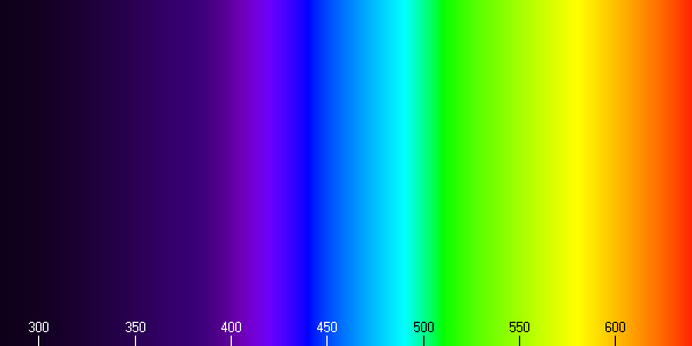
People have been working to understand color for centuries. Because color plays such a large role in many aspects of life — from art to commerce — people need reliable ways to communicate about color. Color measurement instruments make it possible to consistently quantify, compare and reproduce colors, essentially eliminating miscommunication between designers, manufacturers and organizations that need to define specific shades.
The possibilities color measurement offers today arose from years of study and development. When you understand the history of color measurement devices, you can better understand how they work and the benefits they offer. Let’s take a look at how far the color measurement field has come.
Early Discoveries in Color Measurement
Before people could develop ways to measure color, they needed to understand what color is and how it is perceived. As a result, some of the earliest discoveries in color measurement involve the nature of light. In the mid-1600s, Isaac Newton used prisms to show that refraction could break white light into the constituent components of the visible light spectrum — red, orange, yellow, green, blue, indigo and violet. In 1692, he would write “Opticks,” which would serve as a basic, if imperfect, foundation for color research.
In the early 1800s, Thomas Young proposed the idea that red, green and blue color receptors in the human eye work together to create the wide variety of colors we perceive. Later, James Clerk Maxwell furthered this theory by showing that red, green and blue light could combine to create almost any desired color. Although Maxwell was not the first person to suggest that light acts as a wave, he did show that those wavelengths could be quantified as a form of electromagnetic energy in nanometers.


